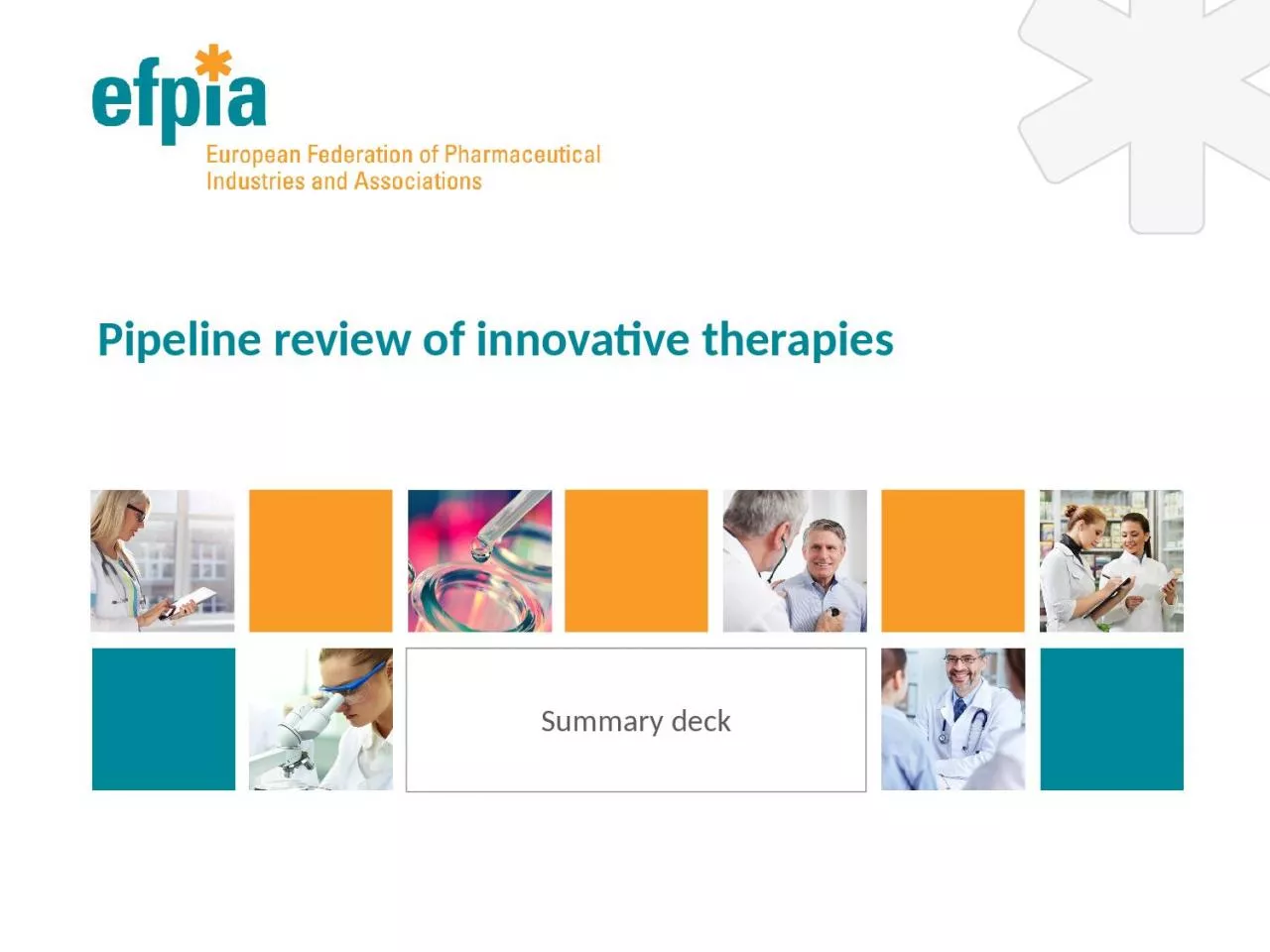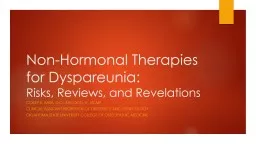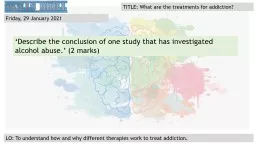PPT-Pipeline review of innovative therapies
Author : erica | Published Date : 2024-01-29
Summary deck 2 With over 7000 medicines in development the exciting new wave of medical innovation will play a key role in addressing the challenges faced by patients
Presentation Embed Code
Download Presentation
Download Presentation The PPT/PDF document "Pipeline review of innovative therapies" is the property of its rightful owner. Permission is granted to download and print the materials on this website for personal, non-commercial use only, and to display it on your personal computer provided you do not modify the materials and that you retain all copyright notices contained in the materials. By downloading content from our website, you accept the terms of this agreement.
Pipeline review of innovative therapies: Transcript
Download Rules Of Document
"Pipeline review of innovative therapies"The content belongs to its owner. You may download and print it for personal use, without modification, and keep all copyright notices. By downloading, you agree to these terms.
Related Documents














